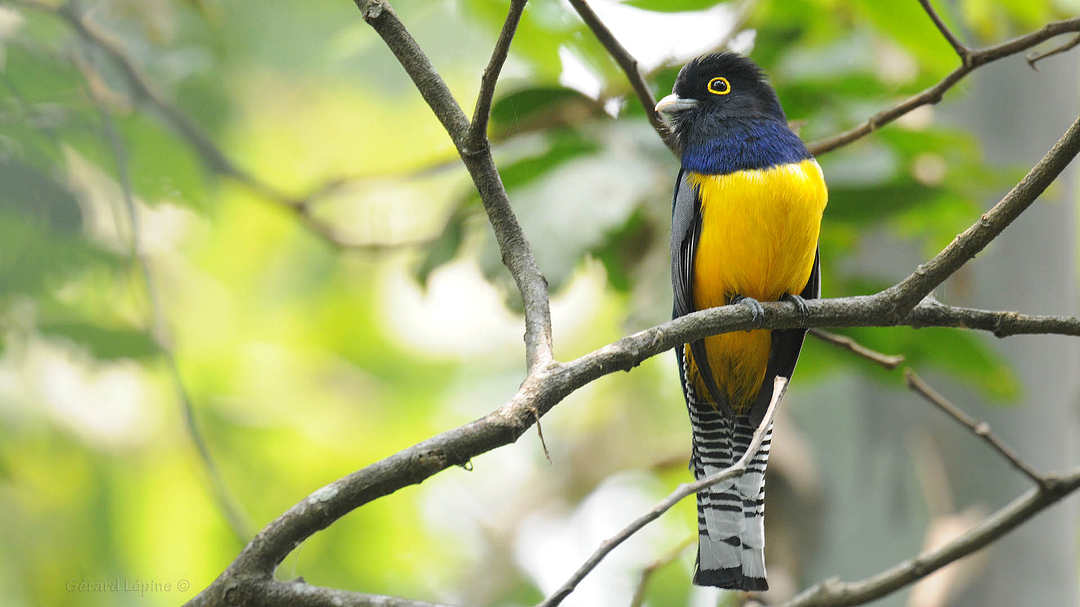
| Tikal Archaeology & Tikal Arquitecture |
| Tikal Facts / Tikal & Early Explorers | The Pennsylvania Dig at Tikal / Proyecto National Tikal |
| The Ancient Maya of Tikal | Tikal's Dynastic Rulers | Calendars & The Long Count System | Tikal's Emblem Glyph |
| Acropolis | Lost World | Tikal's Great Plaza | The Twin Pyramid Complexes | Group H / G / F / Bat Palace |
| Temples of Tikal | Tikal's Causeways | Ball-Courts | The Tikal Museums & Visitor Center |
| FAMSI - Tikal's Ceramic Vases & many more Maya Ceramics (External Link) |
| Their Art | Their Religion | Economics & Agriculture | Mathematics | Hieroglyphic Writing |
The Ancient Maya's Religion and Belief System
Their Religion
Since Preclassic times the Maya conceived the Cosmos as a structure divided into three superimposed levels: The Upper World- composed of 13 heavens; the Middle Level, represented by Witz, the Sacred Mountain, or the worldly level we live in, which is the source of sustenance to the living and where the sacred maize was cultivated as nourishment; and the Lower Level, related generally to the water world, with 9 levels of Underworld. This is where the dead go when their lives are over…The Ceiba Tree was sacred to the Maya.
This tree’s towering height lead the Maya to believe that its branches supported the heavens, while its deep roots were the means of communication between the world of the living and the Underworld.Religious elements may be observed in burials. The Maya always showed a special respect for the dead and placed funerary offerings, which they considered useful for the dead in the afterlife. The body was placed in an extended position with the head to the North.

Depending on social status the body was buried with offerings of polychrome ceramics, and sacred objects made of jade, obsidian and shells. In Maya sites temples resemble sacred mountains and the tombs of rulers were placed in their interior, as in their afterlife they were to serve as mediators between the Gods and their people.
The caves were considered as the means of communication with the Underworld, the bodies of the dead were placed in the cavities of limestone where they began their final journey. Rulers were deposited with their offerings, which would be useful in the 9 levels of Underworld, to their final destination.

Time and space were of vital importance to the Maya. The maize cycle, the cycles of seasons and those of human life all shaped their world vision, shared by rulers and commoners alike. Their World Vision or Cosmology was related to the creation myths and their religious belief system, linked with celestial bodies and animals that had great powers (such as the Sun- Jaguar duality) and their subsequent transformation into supernatural deities.Religious beliefs and reverence towards main deities, dating back to the Preclassic Period, are evidenced and were consolidated through their artistic manifestations, such as sculpture and painting. Double-headed serpents, Jaguar God, Jester Gods, Celestial Birds and Caverns, representing the Earth-Underworld symbiosis concept, are also found in other Mesoamerican civilizations’ artistic expressions since remote times. The Maya linked a specific color with each of the four directions red for east, white for north, black for west, and yellow for south.


Maya Ceremonies in the past and today...
We hope you will enjoy www.tikalpark.com and its Spanish version www.parque-tikal.com Write us at info@mayaworld.org to organize your visit to Guatemala's magic natural and cultural paradise, the heart of the Maya World


| Home | Arts | Sciences | Transportation | Lodging | Special Tours | Birding Tours | Tours | Map | About Us | e-mail us | Site Map |